Explore Bhutan Gate For An Ideal Weekend Gateway In 2026
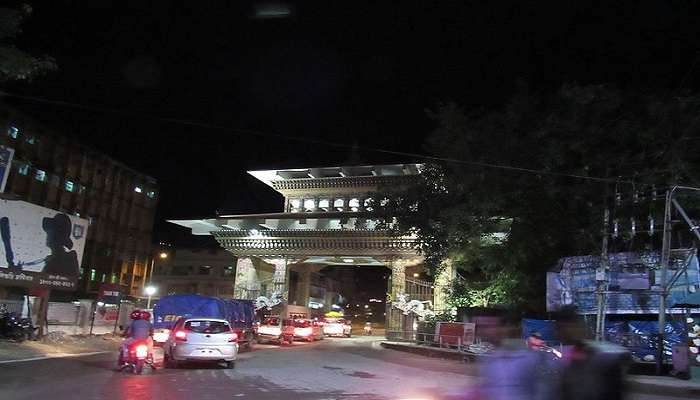
Located at the border of Bhutan and India, the Bhutan Gate is a fine piece of architecture depicting the Bhutanese architecture style. The Bhutan Gate is more than a border crossing; it’s a portal for a fairy tale kingdom with beautiful wooden carvings and bright colours. Perhaps one of the most interesting stories associated with this architectural wonder is that its design was based on the visions of Bhutanese monks. These monks thought that the gate would act as a protective shield from all the evils entering the nation while welcoming only those with noble intentions. It is a perfect example of history, culture, and architectural design, making it a must-see iconic landmark.
The Fascinating Bhutan Gate History
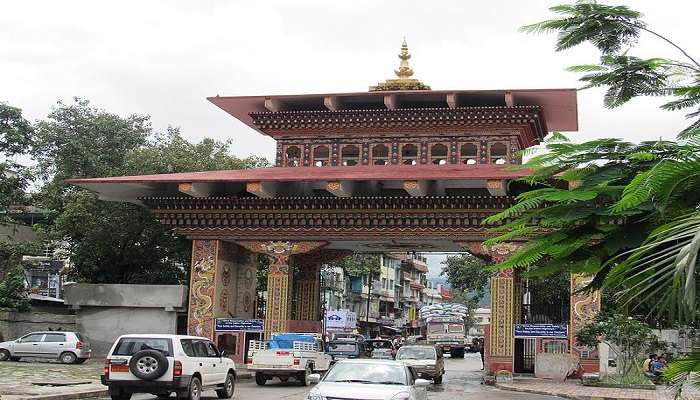
Unlike other borders, the Bhutan Gate is not merely a border checkpoint. It represents the ancient friendship between the people and governments of India and Bhutan. At Jaigaon on the Indian side and Phuentsholing on the Bhutanese side, this gate marks your entry into the legendary kingdom of Bhutan. In the past, the border has been marked by the Treaty of Sinchula in 1865 and the friendship treaties in the twentieth century. These treaties have defined the friendly and cooperative border that is evident today.
Must Read: Tourist Places In Bhutan
Cultural & Architectural Significance Of Bhutan Gate
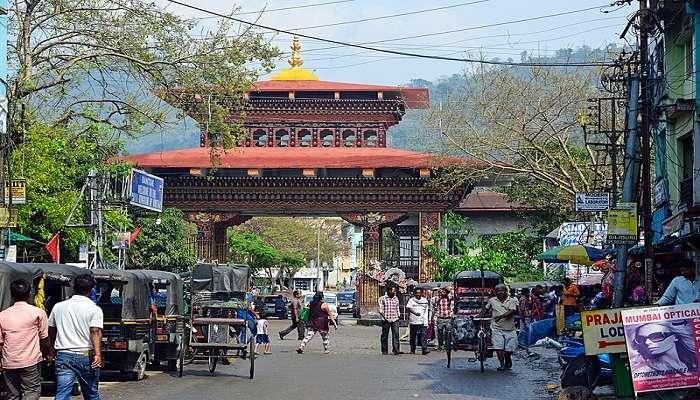
The Bhutan Gate is one of the most authentic examples of the Bhutanese architecture. The gate is designed with Bhutanese motifs and designs, which are evident to depict the cultural aspect of the country. The designs of the wooden carvings and the choice of colours used in the gate construction clearly indicate the Bhutanese people’s workmanship. The gate is not only a door but a symbol of the Bhutanese people and their culture and relationship with it.
Tourist Attractions Near Bhutan Gate Jaigaon
The area surrounding this iconic landmark includes picturesque monasteries, lush green hills, and charming local markets that ensure a well-rounded trip for all. These attractions provide a glimpse into the unique blend of Bhutanese and Indian cultures.
1. Zangto Pelri Lhakhang

Zangto Pelri Lhakhang is a beautiful and calm temple in the middle of Phuentsholing. It is dedicated to Guru Rinpoche, the saint of Buddhism. The temple has beautiful paintings on the walls that describe the life of Buddha and a statue of Guru Rinpoche. Located in a lovely garden, it is a perfect place to relax and break from the noisy border town. The place is tranquil and has a religious feel, making it ideal for a quiet moment of reflection near the Bhutan Gate.
Days Needed: 1 day (2-3 hours)
Entry Fee: Free entry
Suggested Read: Adventure Sports In Bhutan
2. Karbandi Monastery

Situated on a hilltop of Karbandi, the monastery provides a magnificent view of Phuentsholing and the plains of Bengal. This monastery, called Rinchending Goemba, was founded by the Queen Mother in 1967. Well-maintained gardens and colourful prayer flags fly in the wind as people enter the place. Because of the calm environment and the stunning views, it is a perfect place for meditation and photography. This place is near the Bhutan Gate, and it will only take a few minutes to get there by car.
Days Needed: 1 day (2-3 hours)
Entry Fee: Free entry
3. Amo Chhu Crocodile Breeding Centre
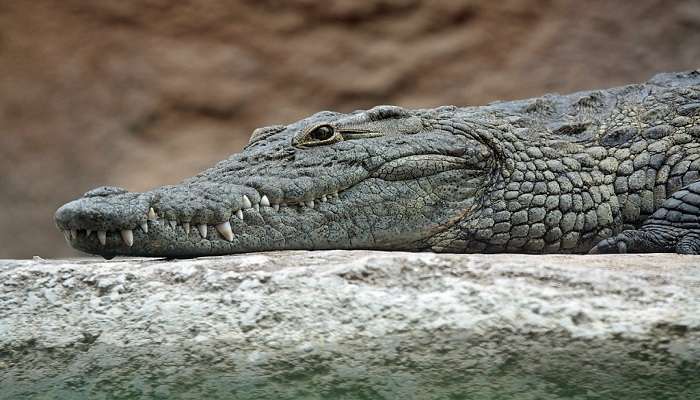
The Amo Chhu Crocodile Breeding Centre is another exciting place for wildlife lovers. It is situated just a stone’s throw away from the Bhutan Gate. This breeding centre is home to the endangered gharials and the marsh crocodiles, and a visit to this place will give you a good view of these reptiles. The centre aims to preserve these species and to raise awareness of their role in the ecosystem among visitors. It is fun for children and adults and gives a glimpse of what is being done to conserve the environment in Bhutan.
Days Needed: 1 day
Entry Fee: 100 Nu
Suggested Read: Street Food In Bhutan
4. Phuentsholing Market
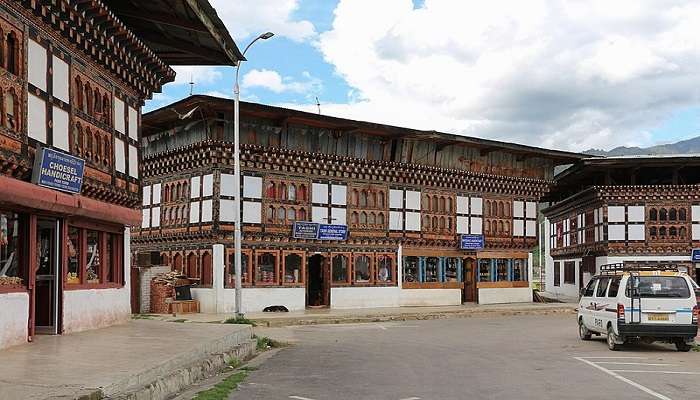
The phuentsholing market is very active, where one can get a feel for Bhutanese culture. This market is situated close to the Bhutan Gate and sells all sorts of products, including fruits and vegetables, clothing, and other local products. It is a perfect place to buy gifts and try the region’s dishes. The lively setting, welcoming sellers, and bright stalls give an authentic taste of Bhutanese shopping. Do not leave the opportunity to haggle and communicate with the people, which will provide a cultural note to the trip.
Days Needed: 1 day
Entry Fee: Free entry
5. Torsa River Side
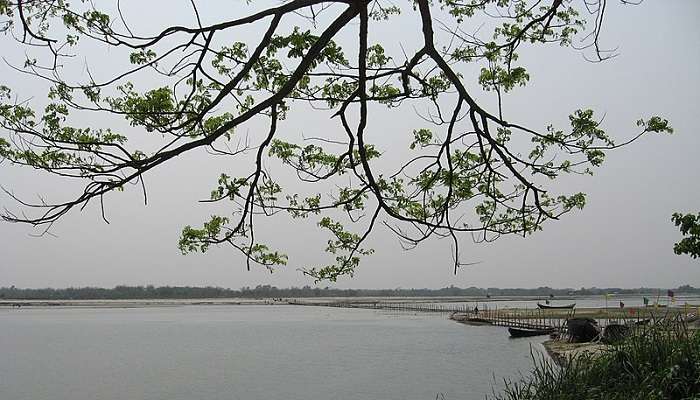
To find a place to relax, go to the Torsa River, a calm-flowing river in Phuentsholing. This is a good place for a picnic or a stroll along the river bank. The view of the surroundings and the sound of the water from the river make the environment very relaxing after a day of touring. The Torsa River Side is also a good place for bird watching, where one can see birds in their natural environment. It is quiet, located only 10 minutes from the Bhutan Gate.
Days Needed: 2 days
Entry Fee: Free entry
Suggested Read: Bhutan Hill Stations
How To Reach Bhutan Gate
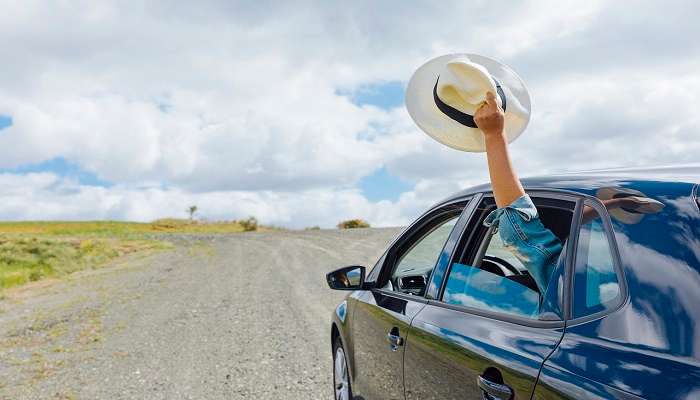
By Air
The nearest airport to the Bhutan Gate is the Bagdogra Airport, located in West Bengal, India. After reaching Guwahati, one can hire a taxi or take a bus to Jaigaon, which is approximately 170 km away. The road transport takes about 4-5 hours to reach the destination.
By Road
Bhutan Gate is well connected by road transport. Roads connect different parts of India to Jaigaon. The roads are good, and the drive through the foothills of the Himalayas is an added advantage.
By Rail
The nearest railway station to Bhutan Gate is Hasimara, which is about 17 kilometres from Jaigaon. One can hire a taxi or take a bus from Hasimara to reach the Bhutan Gate. The train is comfortable, and the views of the countryside are stunning, making it a good way to travel.
Further Read: Things To Do In Bhutan
It is always an educational trip to visit the Bhutan Gate Phuentsholing, as it has a rich history, culture, and natural scenery. Whether you are just passing by or you are a tourist who is out for a tour of the region, this gate and the entire surrounding environment have something for everyone. Plan your trip to Bhutan today to experience a completely new culture in the lap of the Himalayas.
For our editorial codes of conduct and copyright disclaimer, please click here.
Cover Image Credit: Afifa Afrin for Wikipedia Common
Frequently Asked Questions About Bhutan Gate
What is the opening time of Bhutan Gate?
The Bhutan side gate is opened at 5:30 AM Bhutan time while the Indian side gate is opened at 6:00 AM Indian time. The gate closes at 10:00 PM Bhutan time and 9:30 PM Indian time.
Is it necessary for Indian citizens to obtain a visa to enter Bhutan through the Bhutan Gate?
No, Indian tourists do not require a visa but they are granted an entry permit on production of valid documents.
What are the necessary papers that Indian tourists need to produce at the border of Bhutan?
Indian tourists require an original passport or voter ID card, two passport photographs, and for children below 18 years, a birth certificate or passport.
Is there any charge for Indian tourists to pay when they enter Bhutan?
Yes, Indian tourists are subjected to pay Sustainable Development Fee (SDF) of INR 1,200 per person per night. Some exceptions are allowed for children and short visits.
When is the best time to visit the Bhutan Gate?
The best time to visit is from October to March because the climate is favourable for travelling in the region.
People Also Read:
Bhutan In April Monasteries In Bhutan Jakar Dzong In Bhutan
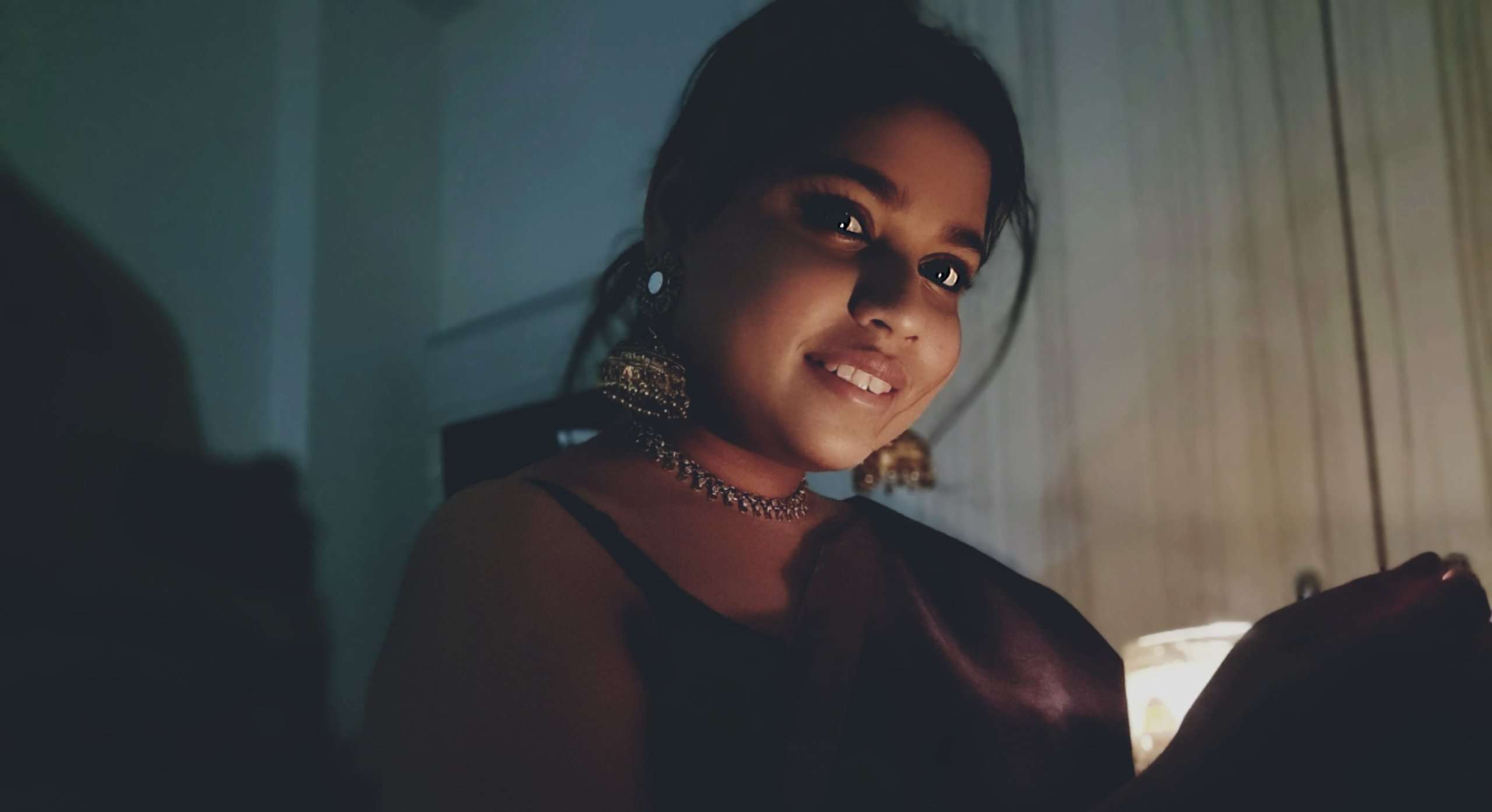
As a Travel Content Writer, I live to conquer the world of globetrotting with words. With my unquenchable thirst for storytelling, I believe that my words will inspire you to travel around the world’s breathtaking landscapes. As for me, I am an unapologetic selenophile, who loves to wander around in a starry night!











